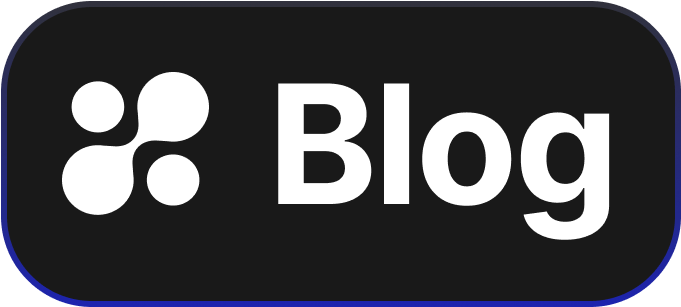Understanding the Demilitarized Zone (DMZ) in Network Security
Managing a secure network can be daunting, but understanding key components like a Demilitarized Zone (DMZ) can simplify things for technology managers. While the term "Demilitarized Zone"might typically evoke images of geographical boundaries, in networking, it is a crucial security layer that helps protect data and systems from external threats.
What is a DMZ?
A Demilitarized Zone, or DMZ, is a part of a network that serves as a buffer zone between a public network, like the internet, and your private network. The purpose of a DMZ is to add an extra layer of security to an organization's internal network. Servers and resources within the DMZ are accessible from the internet but are isolated from the rest of the internal network. This design prevents unauthorized access while still allowing users to connect to the necessary external services.
Why is a DMZ Important?
Increased cybersecurity threats have made it vital to keep critical data safe. A DMZ provides:
- Isolation: Separates internal network systems from the public network, protecting sensitive data.
- Controls: Monitors traffic between external users and internal servers, identifying and blocking suspicious activity.
- Access Management: Offers limited access to external users, allowing only specific traffic necessary for business operations.
Setting up a DMZ
Creating a DMZ involves configuring different components of your network:
- Firewalls: Key players in a DMZ setup, these devices either allow or block traffic based on security rules. They position between the internet and the DMZ, and between the DMZ and your internal network.
- Servers: Place public-facing servers (like web servers) in the DMZ. These servers handle incoming internet requests but keep internal data isolated.
- Routers and Switches: Ensure that data packets flow properly between the DMZ, external network, and internal network without vulnerabilities.
Enhancements with Hoop.dev
Hoop.dev offers solutions that simplify DMZ management, ensuring your network's security. With Hoop.dev, technology managers can quickly visualize and control network traffic, setting up effective DMZ zones in minutes. This ease of use means that both small and large organizations can boost their security infrastructure without needing extensive technical expertise.
By adopting modern tools, businesses can keep their vital data secure while maintaining the necessary functionality for users.
Managers interested in improving their network's security can explore how Hoop.dev enhances DMZ setups by visiting our platform. Experience the transformation in security management first-hand and see your systems protected swiftly and efficiently.
Stay Secured with an Efficient DMZ
To sum up, a DMZ plays a critical role in safeguarding business networks. By isolating sections of your network, a DMZ prevents unauthorized access and minimizes risk. Leveraging tools like Hoop.dev ensures that your DMZ works efficiently, offering a stronger security posture with minimal downtime.
Engage with modern solutions to see your network security thrive. Visit Hoop.dev to learn how DMZs are managed with ease and experience peace of mind with secure systems in minutes.
